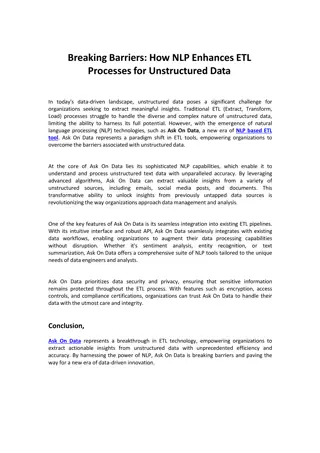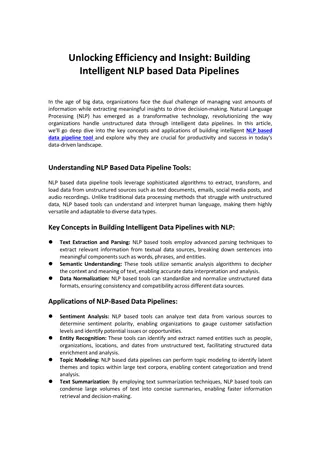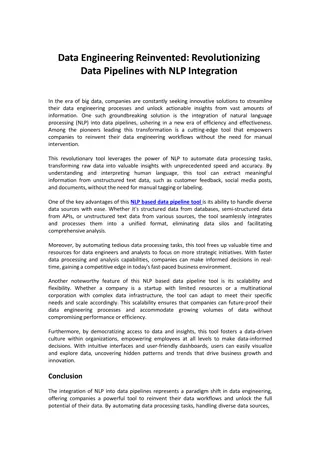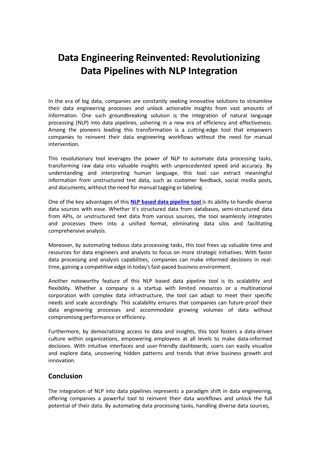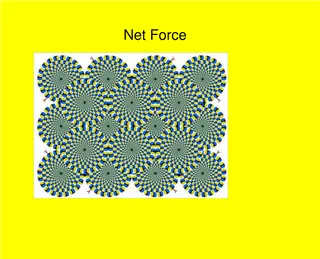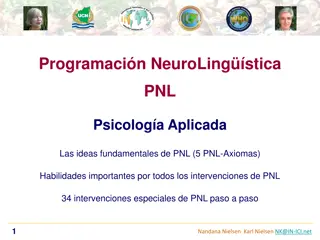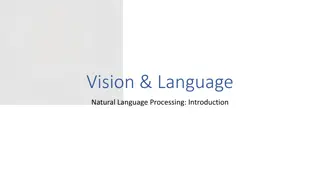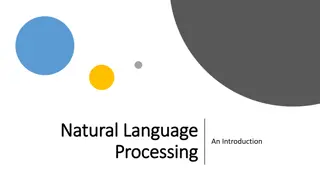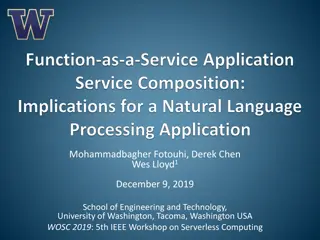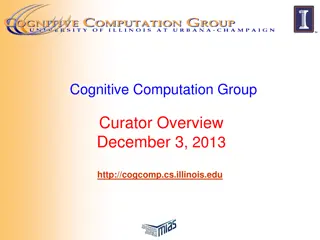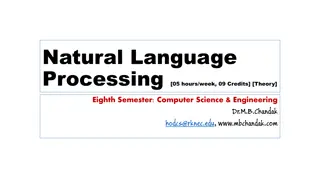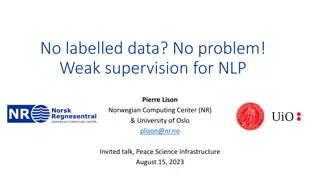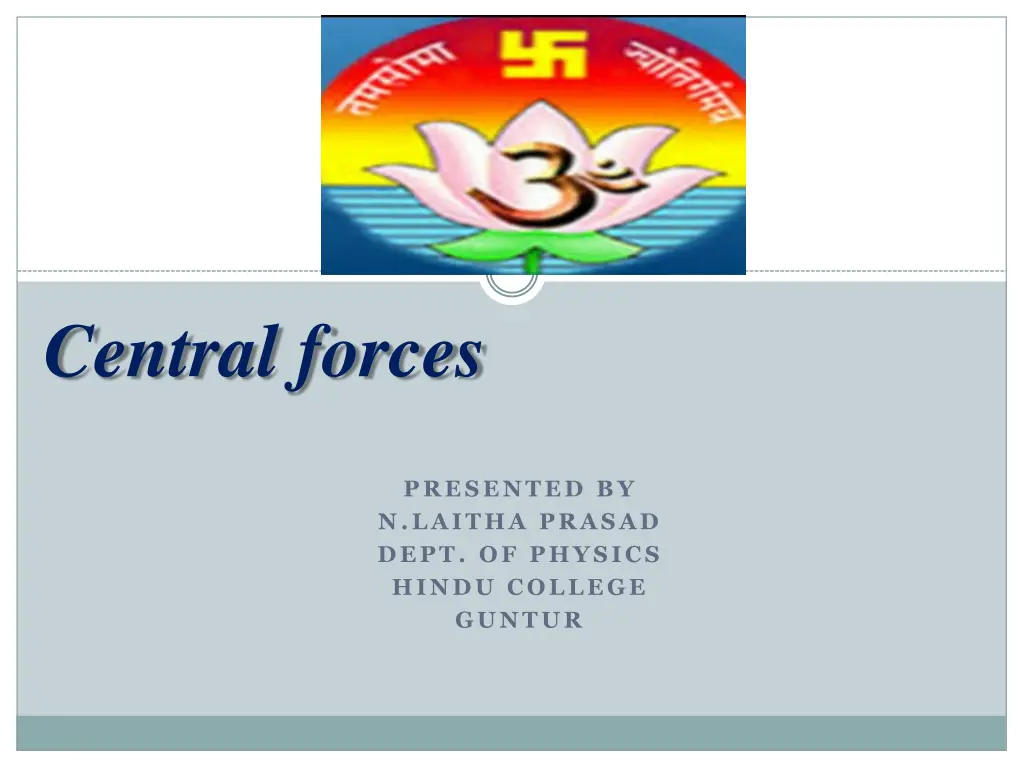
Understanding Central Forces in Physics
Explore the concept of central forces in physics, including gravitational and electromagnetic interactions, characteristics of central and non-central forces, and their impact on the motion of particles. Learn about the fundamental forces shaping interactions between matter and how central forces differ from non-central forces in nature.
Download Presentation

Please find below an Image/Link to download the presentation.
The content on the website is provided AS IS for your information and personal use only. It may not be sold, licensed, or shared on other websites without obtaining consent from the author. If you encounter any issues during the download, it is possible that the publisher has removed the file from their server.
You are allowed to download the files provided on this website for personal or commercial use, subject to the condition that they are used lawfully. All files are the property of their respective owners.
The content on the website is provided AS IS for your information and personal use only. It may not be sold, licensed, or shared on other websites without obtaining consent from the author.
E N D
Presentation Transcript
Central forces PRESENTED BY N.LAITHA PRASAD DEPT. OF PHYSICS HINDU COLLEGE GUNTUR
Introduction :- Newton formulates his three law s of motion which gave qualitative and quantitative measures of forces. Different types of forces actually arise in nature. Basically there are four fundamental upon the interaction of matter. There are following forces, 1) Gravitational force due to gravitational interaction 2) Electromagnetic force due to Electromagnetic interaction 3) Strong nuclear interaction 4) Weak nuclear interaction types of forces depending
The latter two forces are the short range forces. Gravitational force and electrostatic force are a long range forces and interaction is weakest. All the moving bodies in the universe of a central force . Gravitational force is conservative force and is an example of central force.
Central force:- A central force is that force which is always directed away or towards a fixed center and magnitude of which is a function of distance r from the center taken as origin. A central force between two particles is one which is directed along the line joining the two particle and whose magnitude is a function of the distances r between them. In spherical polar coordinates the central force is given by , f(r)= f(r) r
Characteristic of central force The magnitude of the central force between the two bodies depends only on the distance between the center of two bodies. It acts along the line joining the center of two bodies. A central force is conservative force. It is a gradient of some scalar potential U F = -grad U Angular momentum P is conservative. Ex . Familiar example of the central force are , Gravitational force of attraction between two masses. F12 = -G m1m2 r = F(r) r Electrostatic force of attraction or repulsion between two charges. F12 = r = F(r) r
2) Non- central force A non-central force is that force that force which does not simply depend upon the distance between the centre of the two interacting bodies but also on the other parameter such as their spin & relative orientation. Characteristic of Non- central force 1) Non-central forces are short range forces. i.e. these forces are effective only when the interaction bodies are very close to each other. 2) Non central force do not necessarily acts the line joining the centers of the two bodies. 3) Non-central forces are not expressed as gradient of some scalar function. Example, 1. Weak forces in - decay are non-central 2. Strong nuclear force between proton-proton interaction are not central.

